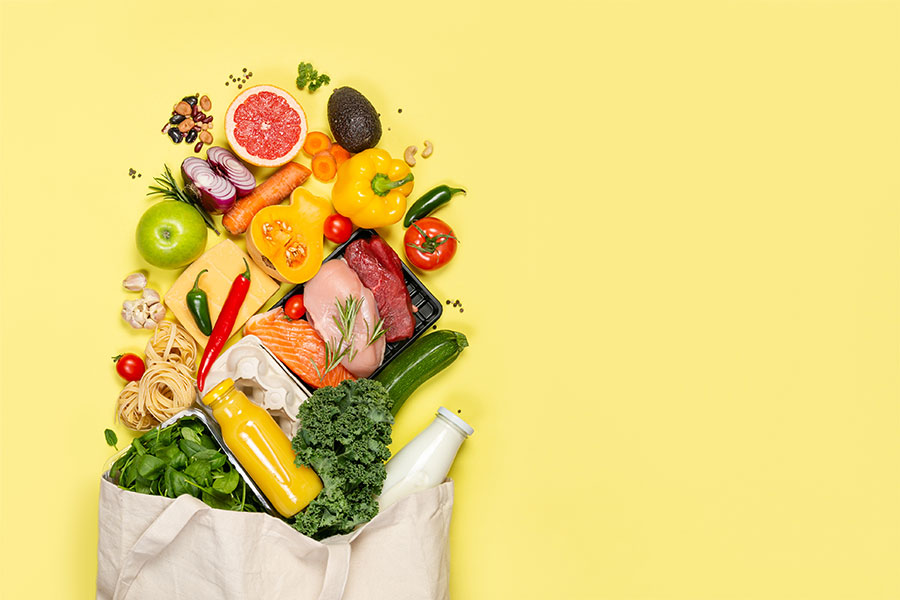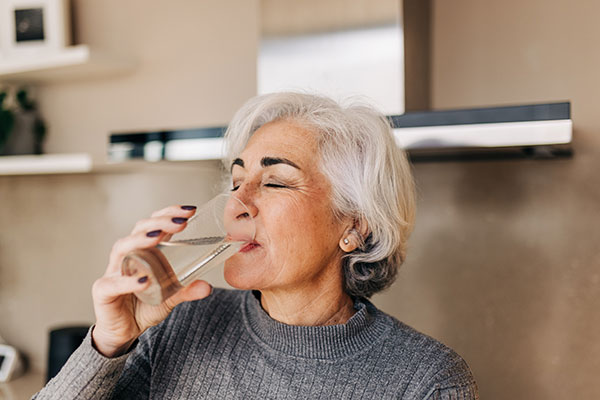When we talk about wound healing, we often focus on dressings, medications, and topical treatments, but a balanced diet can contribute to healing and prevention of leg ulcers. There is a lot to ‘digest’ (pun intended!) when talking about nutrition, and it can feel incredibly complicated. So, let’s break it down and start with the big-picture players in our diets – ‘macronutrients’ – which include proteins, carbohydrates, and fats.
The proteins we eat form the building blocks of our tissues and are important for repair and regeneration, carbohydrates give our bodies energy to heal, and fats help us absorb essential vitamins and minerals.
Protein – the building blocks of tissue repair
Many people don’t hit their protein target – it’s important that you do because protein is involved in growth and repair of tissue in your healing wound. Go for lean meats and fish, beans, eggs, nuts and seeds to kick-start your healing journey.
Carbohydrates – fuelling the healing engine
Carbohydrates are our primary energy source and power the process of tissue regeneration during healing. High-fibre carbohydrates also help with proper digestion. Where possible, have whole grains like wholegrain cereals, wholewheat pasta, and granary bread, and switch to brown rice.
Fats – the transport system for vitamins
Fats are often given a bad reputation, but they are necessary for us to absorb vitamins. Fats also contain the calories we need for energy, used up during the wound-healing process. It’s important to be aware of foods that are high in saturated fat though (like fatty meats, butter, cream, and cheese), which can keep the body in a state of inflammation and should be limited. Aim to eat foods containing unsaturated fat like nuts and seeds, oily fish (salmon, mackerel), avocados or peanut butter.
If you’re struggling to stay up to a healthy weight, you might need to up your calorie intake. This might involve having a pint of milk per day, a pudding, cheese or yoghurts, or having a supplement*. Simple adjustments to diet and texture of food can be changed if you have issues with swallowing – talk to your healthcare provider if this is a concern for you.
Plan healthy, balanced meals and snacks that include the right number of foods from all the MyPlate food groups — protein foods, fruits, vegetables, dairy and grains. We have some handy recipe cards and factsheets to help you out too. Let’s feel better from the inside out!
*NICE guidance advises against nutritional supplements if you’re getting adequate amounts from your diet. The European Pressure ulcer advisory panel also advises high calorie, high protein nutritional supplements for patients who don’t have an optimum intake, in addition to the usual diets, this is in combination with the wider collaborative health care team, including GPs and dieticians.1,2
References
1. National Institute for Clinical Excellence. 2014. Pressure ulcers: prevention and management. Clinical guideline [CG179] https://www.nice.org.uk/guidance/CG179 {Accessed on 2/06/2021}
2. European Pressure Ulcer Advisory Panel et al (2019) Prevention and Treatment of Pressure Ulcers /Injuries: Clinical Practice Guideline. The International Guidance 2019. EPUAP






